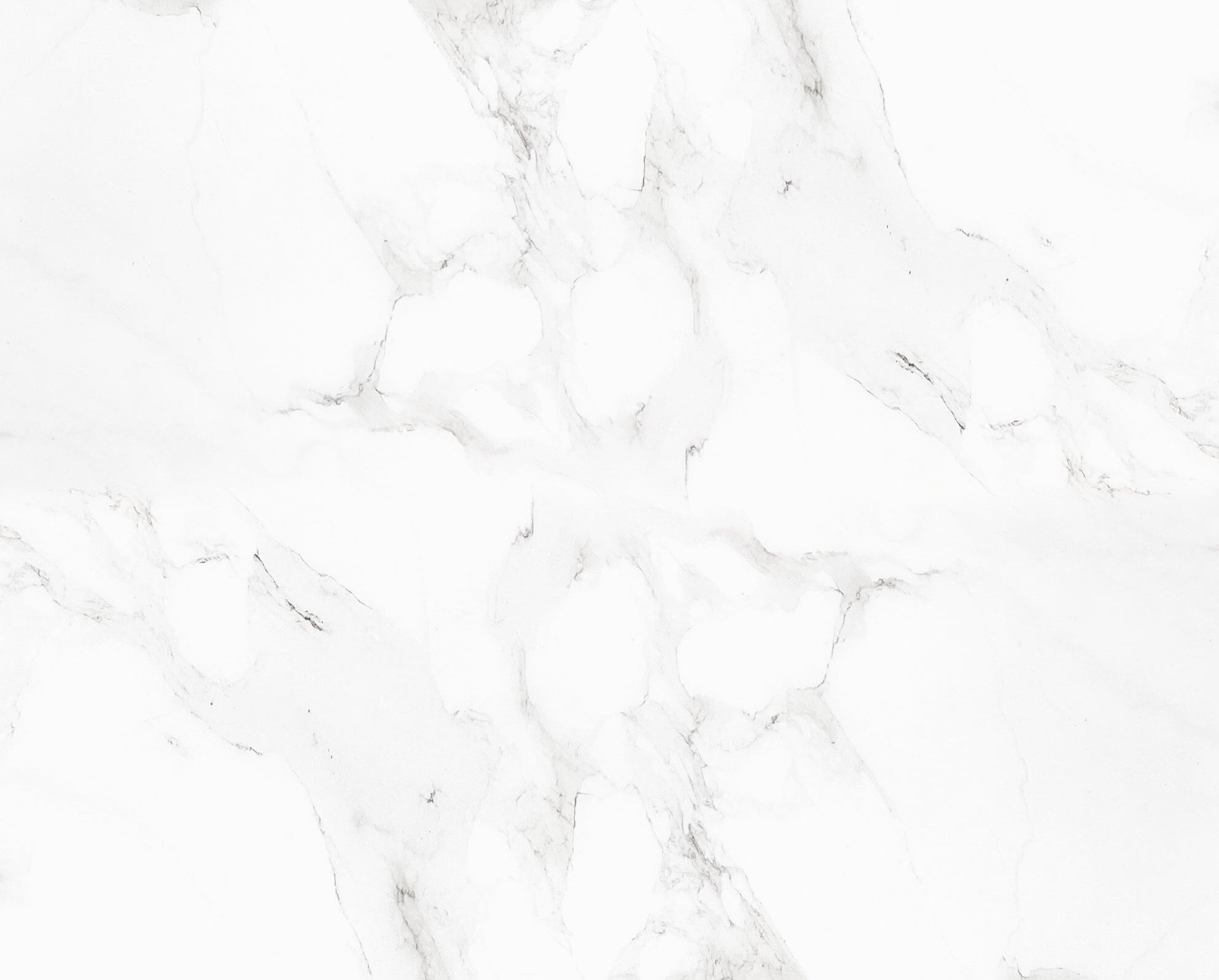Crown Zellerbach Corporation
- Only 1 available!!
- Backordered, shipping soon
- Guaranteed authentic document
- Orders over $35 ship FREE to U. S. addresses
- Earn rewards points with every order
Certificate Details
Product Details
Crown Zellerbach Corporation
Certificate Type
Common Stock
Date Issued
March 23, 1965
Canceled
Yes
Printer
Jeffries Bank Note Company
Signatures
Machine printed
Approximate Size
12" (w) by 8" (h)
Images
Show the exact certificate you will receive
Guaranteed Authentic
Yes
Additional Details
NA
Historical Context
Anthony Zellerbach was born to a Jewish family in 1832 in Bavaria, Germany. He emigrated to America in 1846, first to Philadelphia, then to Moor's Flat, Nevada, in 1856. In 1882, together with his son Jacob Zellerbach, he founded the Zellerbach Paper Company. Another son, Isador Zellerbach, later joined the company, and it changed its name to A. Zellerbach and Sons, and another son Henry Zellerbach joined in 1896, but the firm changed its name back to the Zellerbach Paper company in 1907.
The company invented folded paper towels commonly found in public washrooms whereby pulling one paper towel out from the bottom of a stack leaves the whole stack intact. The company also invented cardboard egg cartons and the window envelope, which

was first used by the billing unit of San Francisco-based Pacific Gas and Electric Company.
In 1928, the Zellerbach Paper Company merged with the Crown Willamette Paper Company to form publicly-traded Crown Zellerbach Corp. The company had assets of nearly $100 million, over 350,000 acres of timberland, and paper mills throughout the Pacific Coast capable of producing 1450 tons of finished paper daily. It expanded steadily throughout the 1930s and substantially during the second world war when European paper manufacturers no longer exported to the United States. In 1947 it started producing coated paper for Time Life Magazine.
It eventually started expanding through acquisitions of the Canadian Western Lumber Company and St. Helens Pulp and Paper. In 1952, it was the second largest landholder in the American West after Weyerhauser. In 1958, it became the subject of a U.S. Justice department antitrust suit due to its market position and was forced to undo some of its acquisitions.
In the 1960s and 1970s, the corporation diversified and expanded its reach internationally - a common tactic at the time. This exposed the company to markets experiencing significant competition, but also diversified its products to include timber and plastics. Because of the years it acquired its landholdings, the carrying value of its vast timberland on its balance sheet was significantly lower than the timberland's market value. Moreover, new environmental and other land use restrictions made it difficult for other companies to assemble such a portfolio of land, but the market was not fully aware of the new litigation environment. This led to a significantly undervalued stock price.
In late 1984, Crown Zellerbach became the focus of a hostile takeover by British financier Sir James Goldsmith, who gained control of the company in July 1985 and became its chairman. The last chief executive of the company was William T. Creson (1929–1998), who relinquished the chairmanship to Goldsmith. Creson had succeeded C. Raymond Dahl as CEO and chairman in October 1981.
It was widely speculated that Goldsmith wanted to buy the company for its undervalued land holdings. Goldsmith spun off three business areas into companies that he would control: the timberlands and wood products (Cavenham Forest Industries), the brown paper container business (Gaylord Container Ltd.) and computer supply company Eczel Corporation. In December 1985, Goldsmith agreed to sell the remainder of Crown Zellerbach with majority of the pulp and paper business to the James River Corporation. Gaylord Container was sold in October 1986 and became Gaylord Container Corporation; it was acquired in 2002 by Temple-Inland, later acquired by International Paper.






